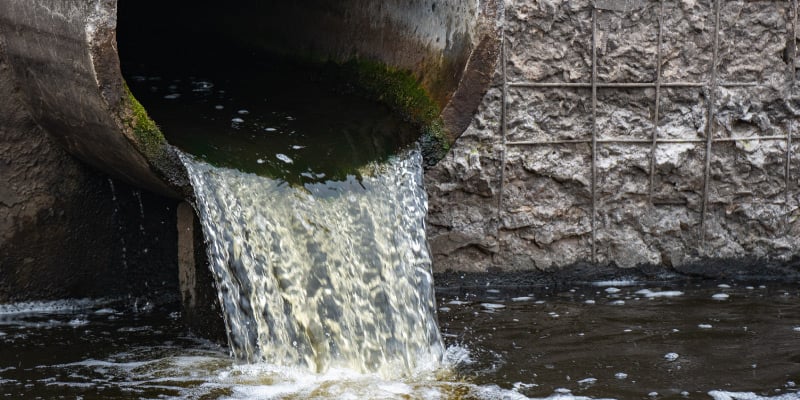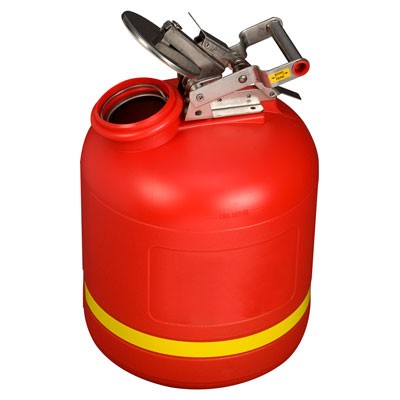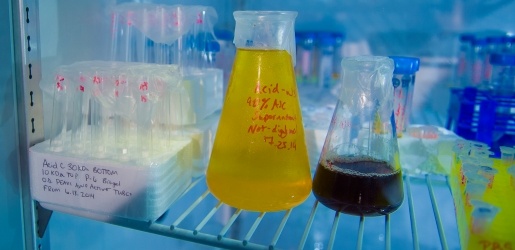Dependable Liquid Waste Disposal Melbourne: Safe and Efficient Providers
Dependable Liquid Waste Disposal Melbourne: Safe and Efficient Providers
Blog Article
Just How Liquid Garbage Disposal Functions: A Thorough Overview of Techniques and Technologies Used

Introduction of Fluid Waste Types
The complexity of fluid waste types demands a thorough understanding of their characteristics and implications for disposal. Fluid waste can extensively be categorized right into several kinds, including industrial, community, farming, and contaminated materials. Each group shows unique buildings, requiring certain administration methods to mitigate environmental and health threats.
Industrial fluid waste originates from producing procedures and frequently has a variety of pollutants, such as hefty metals, solvents, and organic compounds. Municipal fluid waste, primarily making up wastewater from houses and business establishments, includes raw material, nutrients, and virus (industrial wastewater treatment). Agricultural liquid waste, including overflow from farms, might contain fertilizers, pesticides, and animal waste, posing threats to water quality and communities
Dangerous liquid waste is identified by its poisoning, sensitivity, or potential to trigger harm. This classification consists of compounds like acids, bases, and certain chemicals that necessitate stringent handling and disposal procedures. Comprehending these varied fluid waste types is important for creating effective disposal methods and guaranteeing compliance with ecological policies. Proper classification and characterization are vital for carrying out proper therapy techniques and minimizing the unfavorable influence on public health and wellness and the atmosphere.
Physical Treatment Techniques

Testing is the first step, where larger fragments and particles are removed from the liquid waste utilizing screens or grates. This procedure secures downstream equipment from damages and makes sure smoother operation. Adhering to screening, sedimentation uses gravitational pressure to different solids from liquids. In sedimentation tanks, heavier bits clear up at the bottom, creating a sludge layer, while the cleared up liquid can be further dealt with.
Filtration is another vital method that includes passing the fluid through permeable materials, such as sand or membranes, to capture smaller sized fragments. This step boosts the quality of the fluid, making it appropriate for succeeding therapy procedures.

Chemical Treatment Methods
Chemical therapy methods are crucial for successfully managing fluid waste, particularly in attending to dissolved and colloidal impurities that physical methods might not properly get rid of. These techniques utilize numerous chemical agents to counteract, speed up, or transform hazardous substances into less dangerous types.
One common technique is coagulation and flocculation, where chemicals such as alum or ferric chloride are added to promote the aggregation of put on hold particles. This procedure boosts sedimentation, enabling for less complicated removal of the resulting important source sludge. Additionally, oxidation processes, using representatives like chlorine or ozone, are utilized to damage down intricate natural substances and microorganisms, providing the waste more secure for discharge or additional treatment.
Neutralization is another crucial technique, which readjusts the pH of acidic or alkaline waste streams to neutral levels, stopping prospective injury to downstream systems and the atmosphere. Additionally, progressed oxidation procedures (AOPs) utilize mixes of oxidants and ultraviolet light to break down relentless toxins, achieving a higher degree of treatment performance.
Biological Therapy Processes
Biological therapy procedures play an essential duty in the management of fluid waste by utilizing microorganisms to break down raw material and lower contaminant degrees. These processes can be generally classified into anaerobic and cardio therapies, each using certain microbial neighborhoods to accomplish efficient waste destruction.
Cardio therapy involves making use of oxygen to promote the malfunction of natural products by germs. This process is typically carried out in turned on sludge systems, where oygenation tanks offer a favorable environment for microbial development, bring about important source the oxidation of natural toxins. The resultant biomass can be separated from treated effluent with sedimentation.
On the other hand, anaerobic treatment takes place in the absence of oxygen, counting on different bacteria to break down natural issue. This approach is particularly advantageous for high-strength waste, as it creates biogas, an eco-friendly power source, while decreasing sludge production. Technologies such as anaerobic digesters are often used in commercial and metropolitan applications.
Both anaerobic and cardio organic treatments not just lessen the ecological impact of fluid waste however also promote resource recuperation, making them necessary elements of lasting waste administration approaches. Their efficiency, efficiency, and versatility sustain their prevalent application across various industries.
Emerging Technologies in Disposal
Cutting-edge methods to fluid garbage disposal are rapidly evolving, driven by developments in innovation and an increasing focus on sustainability. Amongst these emerging innovations, membrane bioreactors (MBRs) have actually acquired grip for their capacity to integrate organic treatment with membrane layer filtration, resulting in top quality effluent that can be reused in various applications. MBRs enable smaller footprints and extra reliable operations compared to typical systems.
Another promising growth is the usage of anaerobic digestion integrated with nutrient recuperation technologies, which not only treats liquid waste however also generates biogas and recoups valuable nutrients like nitrogen and phosphorus. This twin benefit boosts source effectiveness and lowers ecological effect.
Furthermore, advanced oxidation procedures (AOPs) are being taken on for the destruction of complicated organic toxins. These techniques use effective oxidants and catalysts to break down impurities at the molecular level, providing an extremely effective service for tough waste streams.
Moreover, the combination of expert system and artificial intelligence in waste administration systems is maximizing functional effectiveness and anticipating upkeep, resulting in lowered prices and boosted environmental compliance. These modern technologies mirror a substantial shift towards more reliable and lasting fluid waste disposal practices.
Final Thought
To conclude, effective fluid garbage disposal necessitates a detailed understanding of different techniques and modern technologies. The combination of physical, chemical, and organic therapy methods makes sure the effective management of varied waste kinds. In addition, the emergence of innovative modern technologies enhances treatment efficacy and promotes sustainability in waste monitoring techniques. By continually advancing these approaches, it ends up being possible to attend to the expanding difficulties related to liquid waste, inevitably adding to environmental management and source recuperation.
Liquid waste disposal is a critical facet of environmental administration, calling for a thorough understanding of numerous methods and technologies tailored to various waste kinds. Fluid waste can extensively be categorized right into numerous kinds, consisting of commercial, municipal, farming, and hazardous waste. Agricultural fluid waste, including runoff from farms, may consist of plant foods, chemicals, and pet waste, posturing threats to water high quality and ecosystems.
Various physical therapy methods play an important function in site managing liquid waste efficiently - industrial wastewater treatment.In final thought, reliable fluid waste disposal requires a comprehensive understanding of different strategies and technologies
Report this page